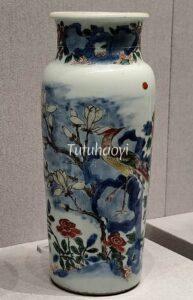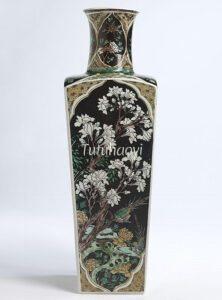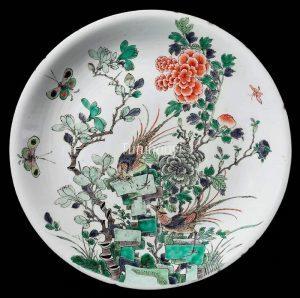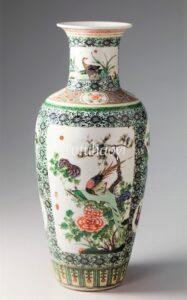May your jade residence be prosperous
玉堂锦绣
© Tutuhaoyi.com owns the copyright of the description content for the images attached. Quoting all or part of the description content on this page is permitted ONLY IF ‘Tutuhaoyi.com’ is clearly acknowledged anywhere your quote is produced unless stated otherwise. (本页描述内容版权归Tutuhaoyi.com所有,转发或引用需注明 “Tutuhaoyi.com”, 侵权必究, 已注开源信息的条目除外。)
Pun Design :
magnolia + long-tailed pheasant
Punning Details:
– ‘yu 玉’ in ‘yu lan 玉兰 magnolia’ puns on ‘yu 玉’ in ‘yu tang 玉堂’ which means ‘jade hall’, ‘grand household’ or ‘the national academy’.
– The long-tailed pheasant is also called ‘jin ji 锦鸡 multicoloured cockerel’, in which ‘jin 锦’ is the same word and has the same meaning with ‘jin 锦’ in ‘jin xiu 锦绣’ in Chinese, meaning ‘exquisite and bright’.
Therefore, the composition of magnolia and multicoloured pheasant forms a pun rebus picture expressing an auspicious wish – ‘May your jade residence be prosperous’.
Related Pun Pictures:
May your splendid house be filled with wealth and prestige 锦堂富贵
May your jade palatial home be honoured and full of riches 玉堂富贵
Fig 1: porcelain vase with underglaze blue and overglaze enamelled decoration, Shunzhi period (1644–61), Qing dynasty, courtesy of the Palace Museum, Beijing, China, photography by Rachel Ma
Fig 2: famille noire vase, Kangxi period (1662–1722), Qing dynasty, courtesy of the Victoria & Albert Museum, London
Fig 3: famille verte porcelain dish, Kangxi (1662–1722) period, Qing dynasty, courtesy of the Museum of Fine Arts, Boston
Fig 4: famille rose porcelain dish, Yongzheng period (1723–35), Qing dynasty, courtesy of the Palace Museum, Beijing, China
Fig 5: porcelain vase with overglaze decoration, 18th century, courtesy of Cantor Arts Center, Stanford University
Fig 6: famille rose porcelain vase, Qianlong – Jiaqing Period, Qing dynasty, previously owned by the Metropolitan Museum of Art, New York





